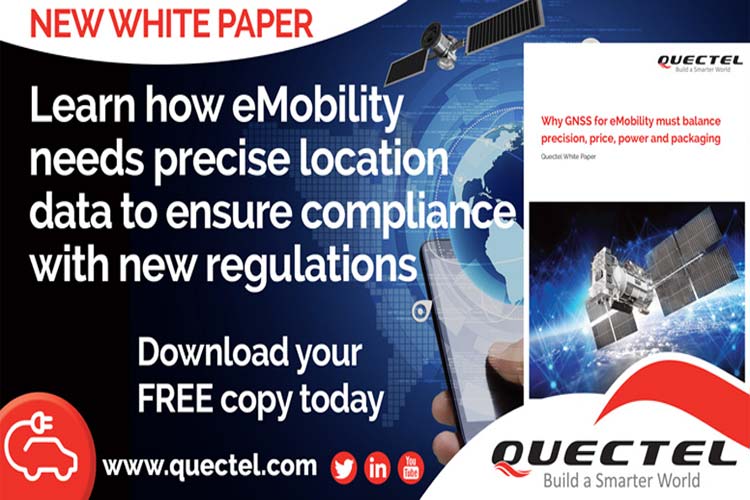eMobility providers have to face substantial challenges when dealing with the location in deep urban environments. The customers need to be able to find the vehicle and cities need to have the assurances that the eBikes and eScooters are operated in mutually agreed locations. A recent white-paper on GNSS for eMobility published by Quectel discusses the issues faced by eMobility providers and clearly makes the case on why the LC79D is the perfect solution for this market.
Explaining the challenges that eMobility providers face in enabling vehicles such as eScooters and eBikes to be located in deep urban canyons, the whitepaper titled ‘Why GNSS for eMobility must balance precision, price, power, and packaging’, examines why accurate location data will be important allowing the ride-sharing industry to comply with regulation to restrict eMobility usage on sidewalks and other areas. Besides this, the paper explains the reason why adopting a GNSS module that offers a multi-constellation GNSS receiver with L1 and L5 dual-band capability increases the number of satellites a vehicle can track. This capability (augmented by dead reckoning information) provides vast improvements to positioning in deep urban canyons and can achieve a 10x improvement in location accuracy.
The paper includes drive test data conducted on an eScooter in San Francisco by positioning solutions specialist HYFIX is included in the paper to demonstrate the enhanced accuracy offered by L1 and L5 plus dead reckoning capability. Moreover, the paper explains how the Quectel LC79D enables the eMobility industry to harness the fusion of different sensors in a very small footprint at a very low incremental cost with high accuracy.











